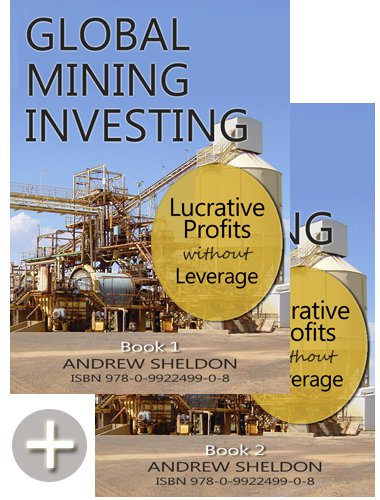 The outlook for the US economy is certainly weaker as the Fed steps into a revive the government owned agencies - Freddie & Fannie Mae. These agencies were destined to fail, and highlight the extent to which these government-owned agencies have been used to bankroll US property market investment. Foreclosures will need to be absorbed by the market before we can expect any rebuilding of confidence in US markets. So we might ask - what is the direction for interest rates? The way I see it, something has to give, whether its:
The outlook for the US economy is certainly weaker as the Fed steps into a revive the government owned agencies - Freddie & Fannie Mae. These agencies were destined to fail, and highlight the extent to which these government-owned agencies have been used to bankroll US property market investment. Foreclosures will need to be absorbed by the market before we can expect any rebuilding of confidence in US markets. So we might ask - what is the direction for interest rates? The way I see it, something has to give, whether its:2. Weaker USD - this is if the Fed Reserve continues to subsidise credit in the USA
3. Higher interest rates - in order to rebuild savings in the USA - which will boost the savings rate, but will likely also strengthen the USD. There will need to be tax increases as well to finance government.
The Democratic (Clinton) tradition has been to rebuild savings after the Republicans (Reagan, Bush) have decimated the treasury. I would therefore expect increases in interest rates, higher tax and increased government spending. This will be a 'rebuild America' program, with a lot of flag waving and a strong USD. The implication is that the US is going to go into hiberation for a few years, so if you are looking for a growth scenario, you will be looking to Asia, and obviously Australia will benefit from that. Though without a strong US, we would be looking at a weaker growth scenario for Asia, and I would not be surprised to see domestic stimulus to rebuild the global balance. Expect property booms in Asia. There will be great opportunities given the current global weakness. The stronger phase will be in 5 years when the US does contribute.
---------------------------------------------------
Andrew Sheldon www.sheldonthinks.com





![[Most Recent Exchange Rate from www.kitco.com]](http://www.weblinks247.com/exrate/24hr-jpy-small.gif)
![[Most Recent Exchange Rate from www.kitco.com]](http://www.weblinks247.com/exrate/24hr-euro-small.gif)
![[Most Recent Exchange Rate from www.kitco.com]](http://www.weblinks247.com/exrate/24hr-aud-small.gif)


